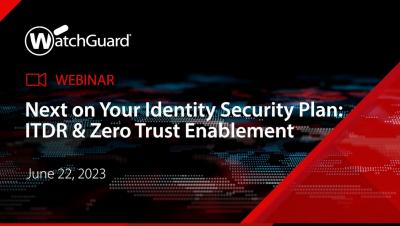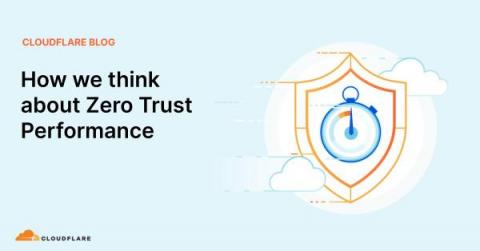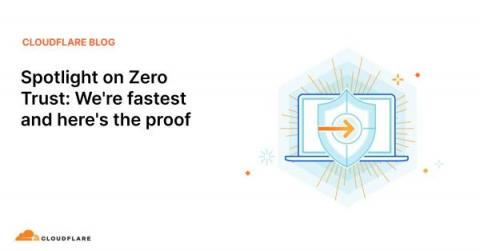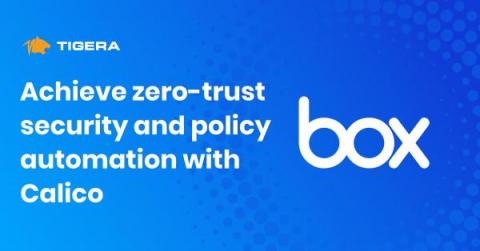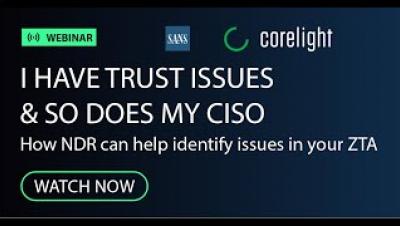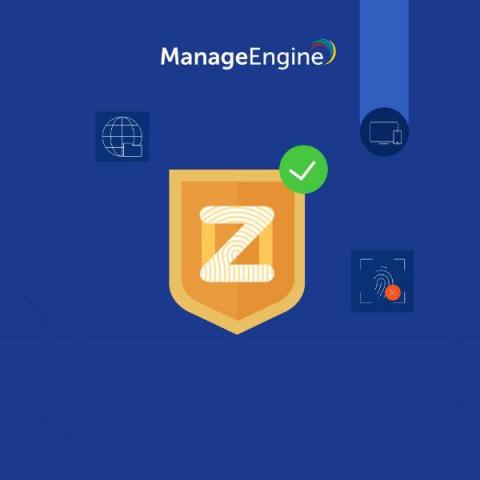Security | Threat Detection | Cyberattacks | DevSecOps | Compliance
June 2023
Making Zero Trust a Reality
Zero Trust has been a concept since 2009 when Forrester first realized that traditional security models operated on the outdated assumption that everything inside an organization’s network should be trusted. 14 years later, the rule of “Never Trust, Always Verify” has never been more important, especially as data breaches continue to make headlines on a seemingly daily basis.
How we think about Zero Trust Performance
Cloudflare has done several deep dives into Zero Trust performance in 2023 alone: one in January, one in March, and one for Speed Week. In each of them, we outline a series of tests we perform and then show that we’re the fastest. While some may think that this is a marketing stunt, it’s not: the tests we devised aren’t necessarily built to make us look the best, our network makes us look the best when we run the tests.
Spotlight on Zero Trust: We're fastest and here's the proof
In January and in March we posted blogs outlining how Cloudflare performed against others in Zero Trust. The conclusion in both cases was that Cloudflare was faster than Zscaler and Netskope in a variety of Zero Trust scenarios. For Speed Week, we’re bringing back these tests and upping the ante: we’re testing more providers against more public Internet endpoints in more regions than we have in the past.
How MSPs Can Overcome Common Zero Trust Obstacles
Zero trust is not a new cybersecurity concept, yet it seems everywhere lately. In case you’re unfamiliar with zero trust, it is defined as an approach to security that assumes no implicit trust between users, devices, or networks as a baseline, and once a user has been verified as legitimate, authorized, and trustworthy, access is allowed. Zero trust has been so effective as a cybersecurity strategy that the U.S.
2023 Zero Trust Security Report Highlights
Zero trust is a hot topic in cybersecurity, and for a good reason. There is no one-size-fits-all solution to securing your data and networks; rather, zero trust offers a more holistic perspective comprised of many different safety measures and practices and a shift in perspective on security.
Understanding AI risks and how to secure using Zero Trust
AI’s transformative power is reshaping business operations across numerous industries. Through Robotic Process Automation (RPA), AI is liberating human resources from the shackles of repetitive, rule-based tasks and directing their focus towards strategic, complex operations. Furthermore, AI and machine learning algorithms can decipher the huge sets of data at an unprecedented speed and accuracy, giving businesses insights that were once out of reach.
Case study: Calico enables zero-trust security and policy automation at scale in a multi-cluster environment for Box
Box is a content cloud that helps organizations securely manage their entire content lifecycle from anywhere in the world, powering over 67% of Fortune 500 businesses. As a cloud-first SaaS, the company provides customers with an all-in-one content solution within a highly secure infrastructure, where organizations can work on any content, from projects and contracts to Federal Risk and Authorization Management Program (FedRAMP)-related content.
Zero Trust: The Case for Just-in-Time Access
Traditional IT security models focused on one thing: keeping the bad guys out the network. Anyone inside the network was physically in the corporate office and logged on to a machine set up and managed by the IT team, so they were trusted implicitly. That model no longer works. Today’s world of cloud resources, remote workers and user-owned devices has blurred if not entirely erased the notion of a network perimeter that could be defended.
I have Trust Issues and So Does My CISO How NDR can help identify issues in your ZTA
Top tips: Principles for building a strong Zero Trust architecture
It’s safe to say that we are at a juncture where Zero Trust architecture is being heralded as the gold standard when it comes to cybersecurity. This architecture gives top priority to user behavior and assets as the primary line of defense from cyber threats. Even though the vast majority of companies worldwide have adopted Zero Trust, only 1% actually meet the requirements.


